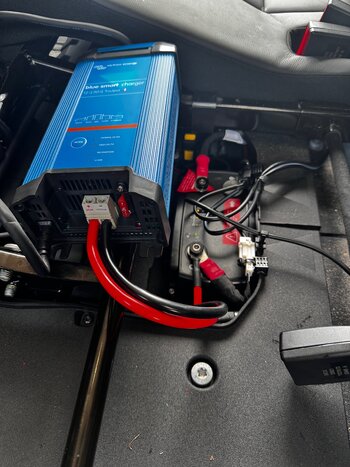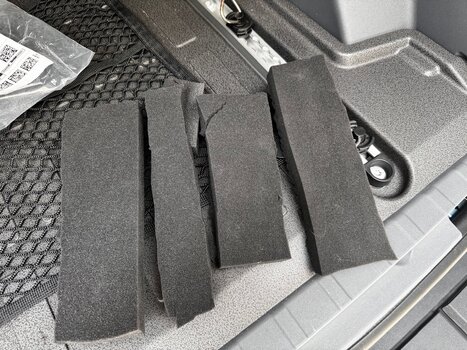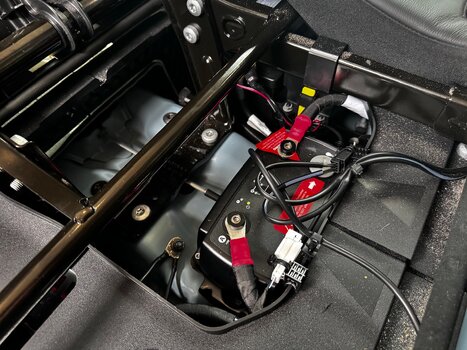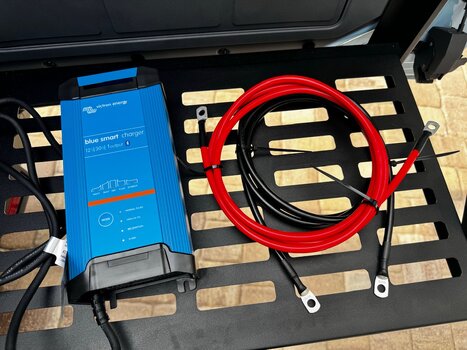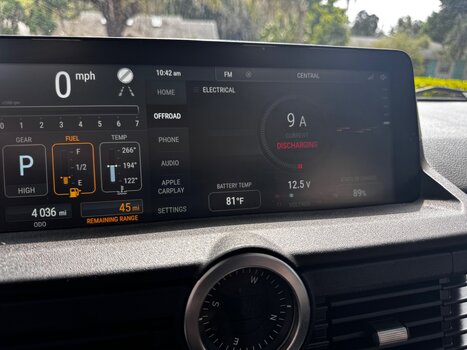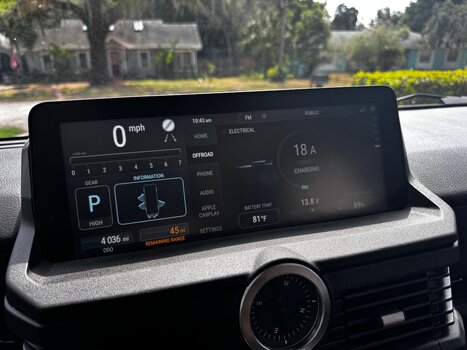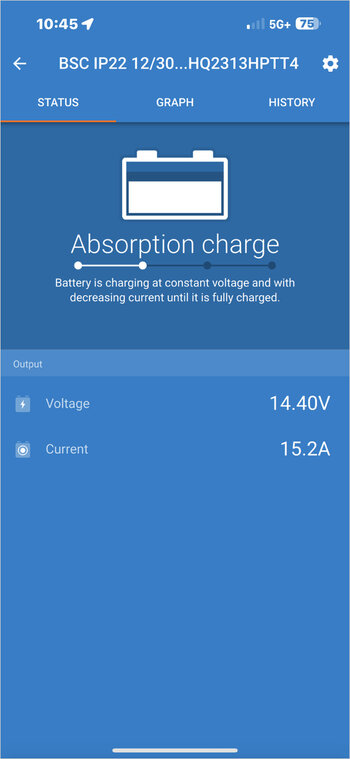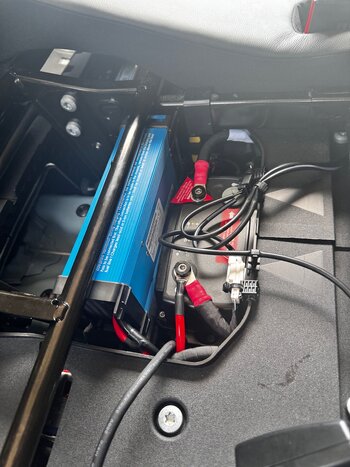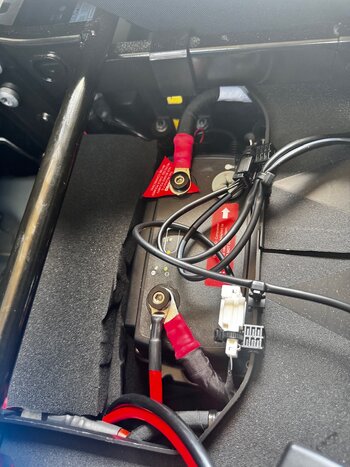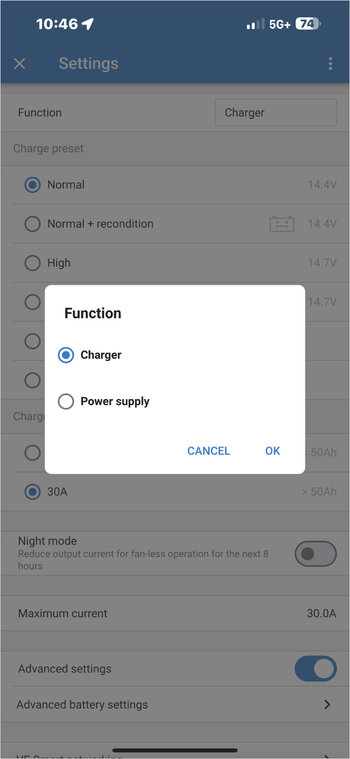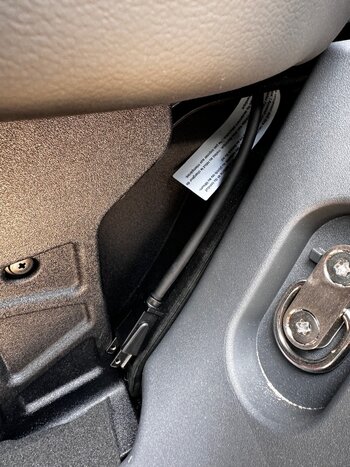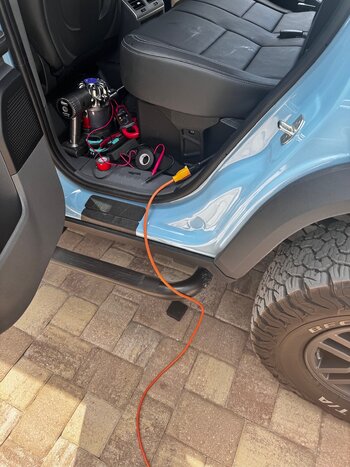Hi,
This is what I've worked on the past 3 days:

I used the DS250SE to manage the LiFePo4 battery, and left the initial vehicle configuration intact (the two batteries managed only by the smartpass 120):

This is the battery that I used:

 www.litime.com
I manufactured two aluminum rectangle supports to clear the bottom chassis screws, 10-minute job using a rectangle aluminum profile and a drill.
www.litime.com
I manufactured two aluminum rectangle supports to clear the bottom chassis screws, 10-minute job using a rectangle aluminum profile and a drill.
The black wire of the DS250SE has to be connected to +12V for the management to switch to lithium.
I use the lithium battery to power a Garmin PowerSwitch (Autotherm heater, fridge) and the all the vehicle AUX (direct feed via relay).
This is what I've worked on the past 3 days:
I used the DS250SE to manage the LiFePo4 battery, and left the initial vehicle configuration intact (the two batteries managed only by the smartpass 120):
This is the battery that I used:

LiTime 12V 50Ah Lithium Battery- 640Wh Energy, Marine, RV, Fish Finder
LiTime 12V 50Ah lithium battery is engineered with grade-A cells offering superior performance and high reliability for RV, fish finder, trolling motor...
 www.litime.com
www.litime.com
The black wire of the DS250SE has to be connected to +12V for the management to switch to lithium.
I use the lithium battery to power a Garmin PowerSwitch (Autotherm heater, fridge) and the all the vehicle AUX (direct feed via relay).

